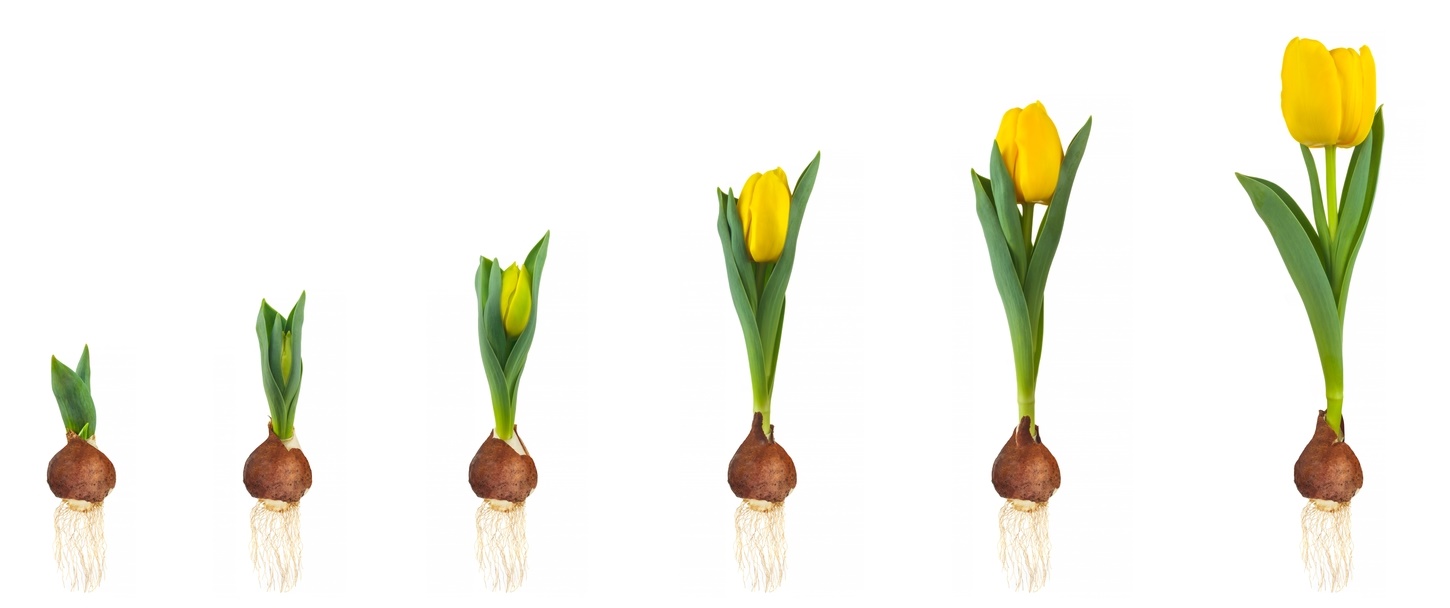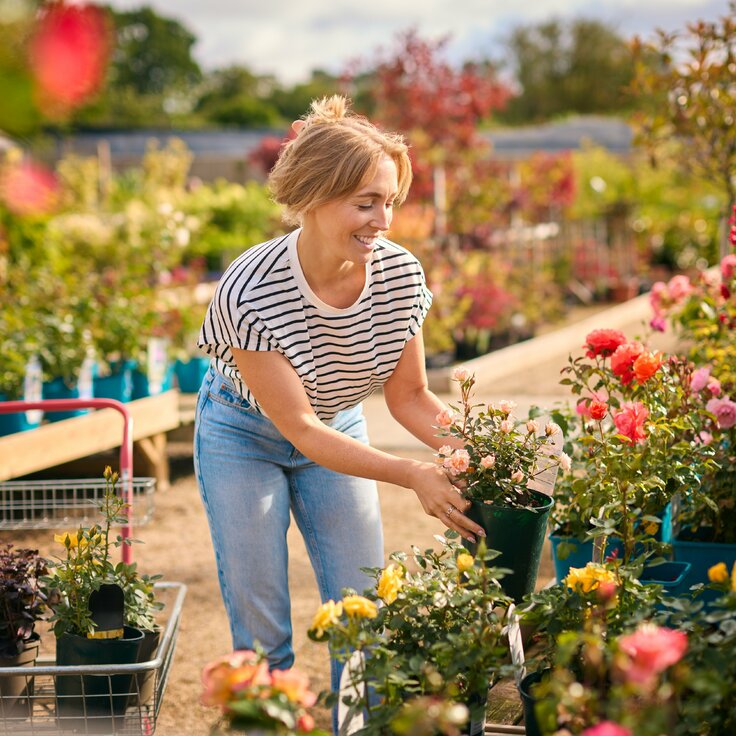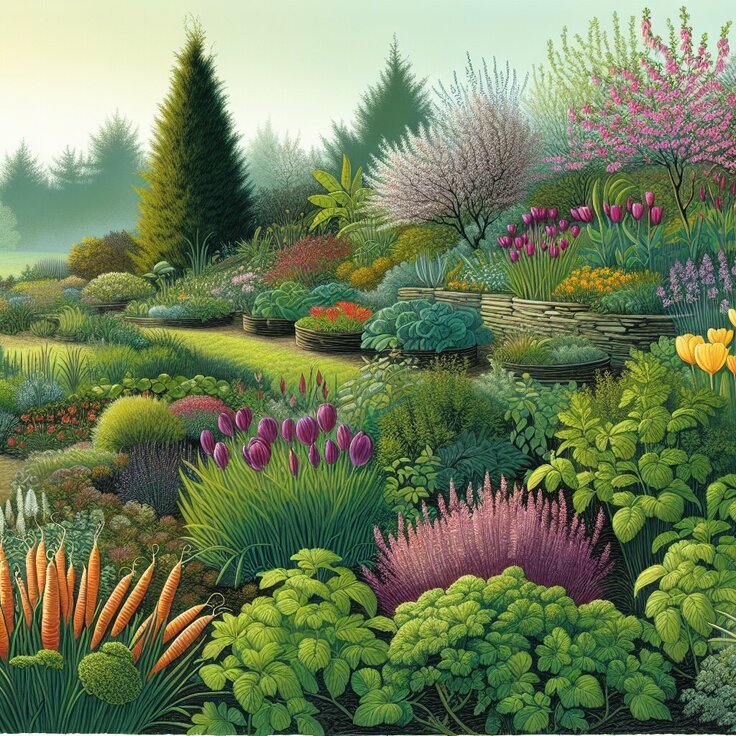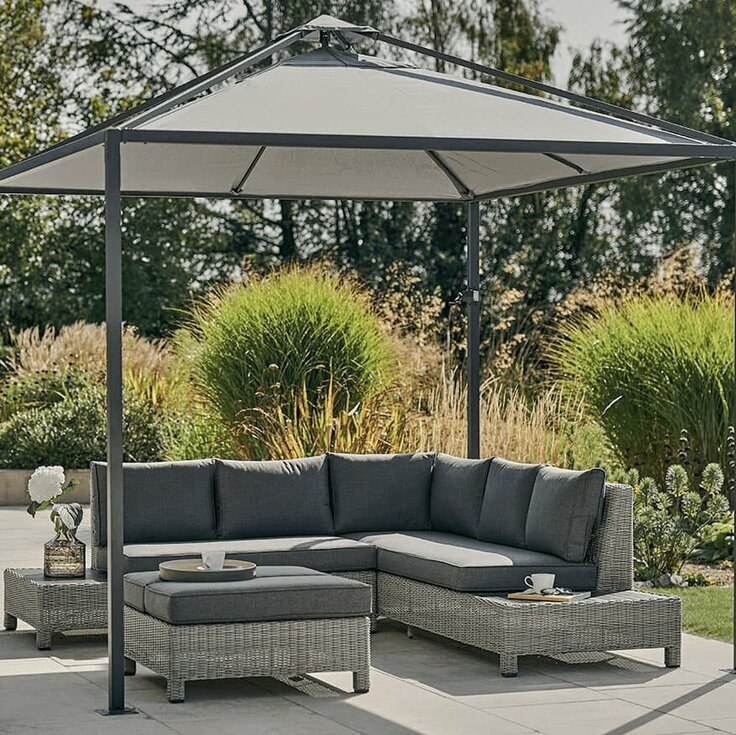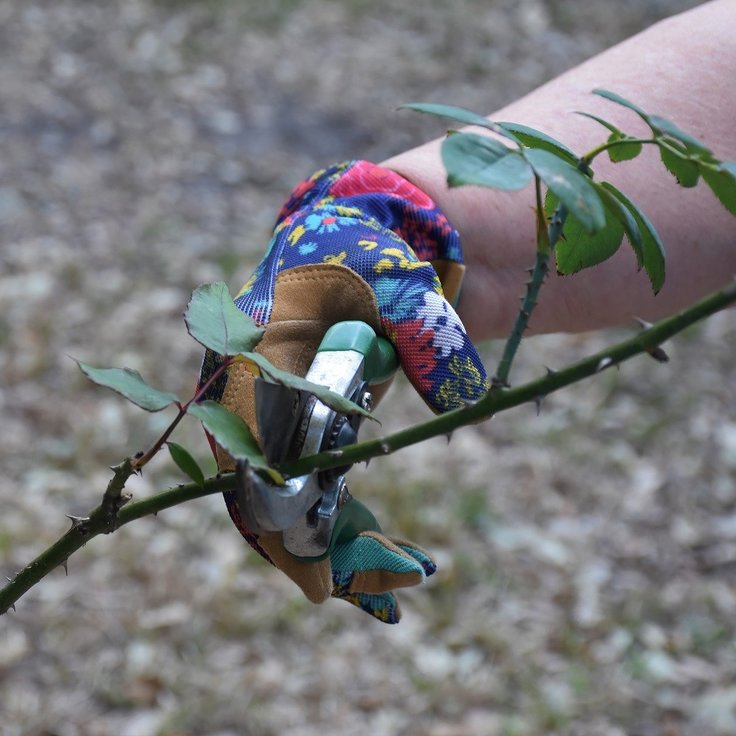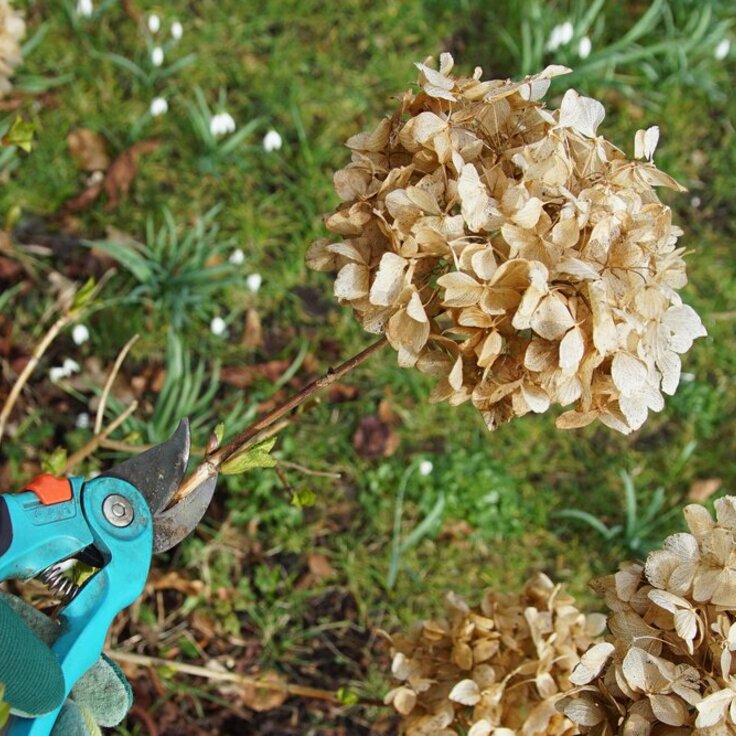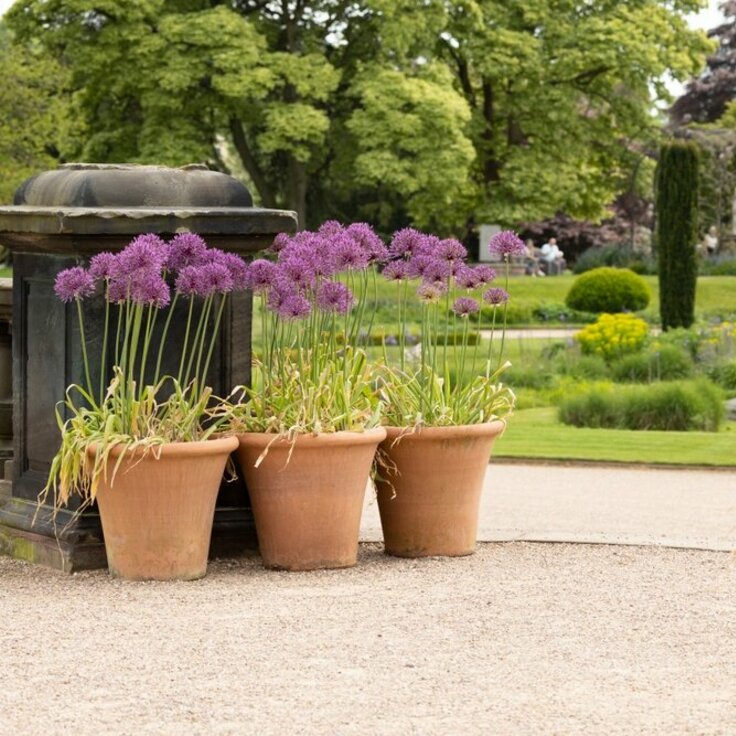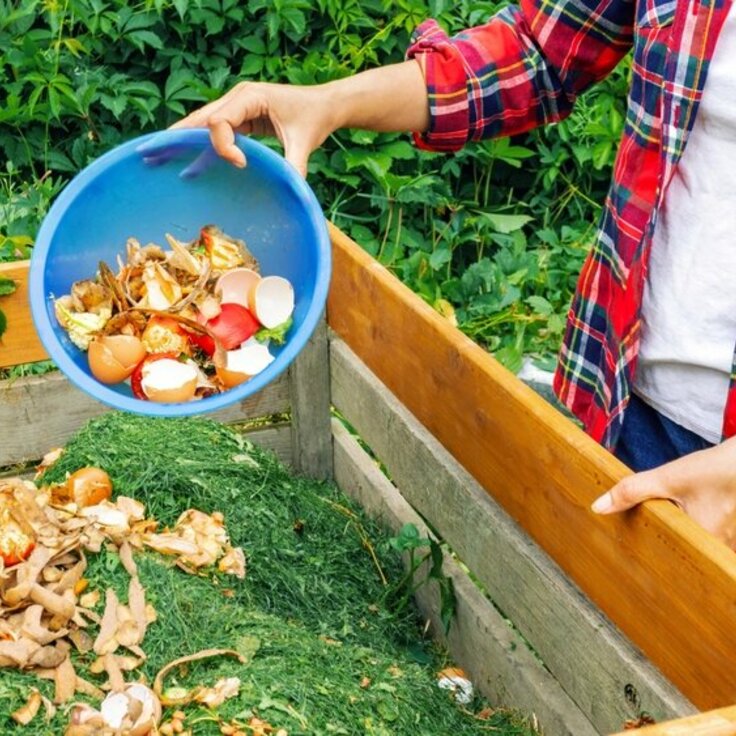How to Plant Bulbs for Spring
As winter's chill fades, your garden begins to stir with new life. One of the best ways to set the stage for a flourishing spring is by planting flower bulbs. Springtime bulbs, including tulips, daffodils, and crocuses, not only enhance your garden’s beauty but also require minimal upkeep. This guide will walk you through the process of planting bulbs, choosing the right varieties, and some handy tips to elevate your garden’s charm.

Why Choose Spring Bulbs?
Spring bulbs are ideal for brightening up your garden after the winter months. These bulbs should be planted in autumn to ensure they bloom come springtime. They require several months to establish roots before they flower, so proper timing is crucial for a successful bloom.
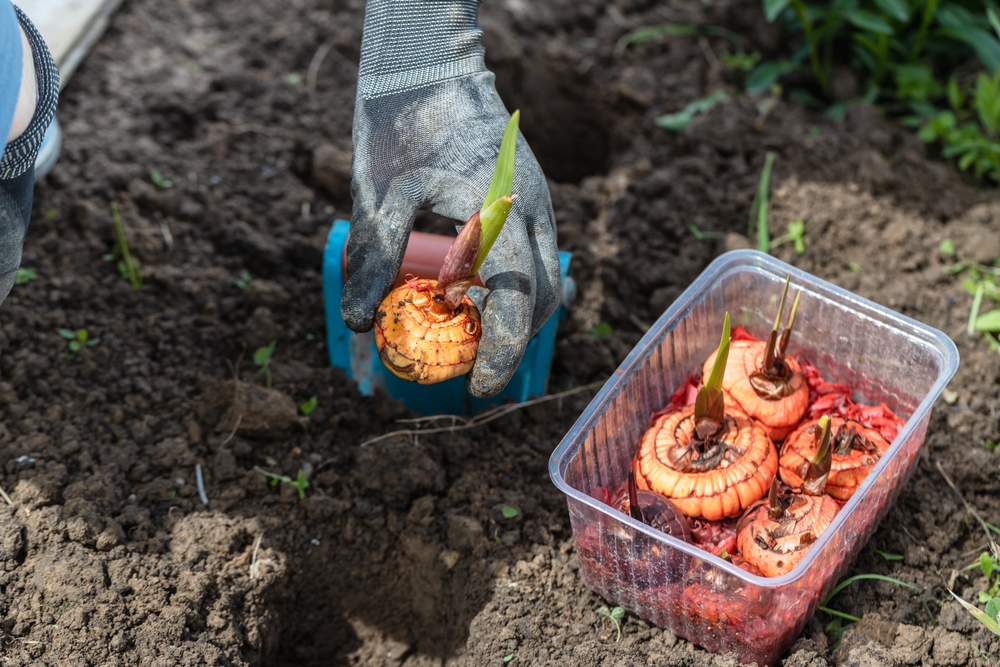
Top Spring Bulbs
-
Tulips: Tulips are a quintessential choice for spring gardens. Available in a diverse array of colours and forms, from traditional reds and yellows to striking purples and speckled whites. Noteworthy varieties include 'Queen of Night' with its rich purple blooms and 'Duchess of Orleans,' known for its vivid orange flowers.
-
Daffodils: Also known as 'Narcissus,' daffodils bring a joyful touch to any garden. They come in various types, including the 'Trumpet Narcissus' and the small 'Tête-à-Tête.' These bulbs are easy to manage and can grow well even in partially shaded areas.
-
Crocuses: Crocuses are among the earliest flowers to bloom in spring. They come in shades of purple, yellow, and white, often with a bright yellow center. Popular choices are 'Jeanne d’Arc' with its white flowers and 'Spring Beauty,' admired for its vibrant purple blooms.
-
Hyacinths: Known for their intense fragrance and dense clusters of flowers, hyacinths are available in colours such as pink, blue, and white. The 'Delft Blue' variety offers a bold blue hue, while 'Pink Pearl' delivers a soft, romantic tone.
When is the Best Time to Plant Bulbs?
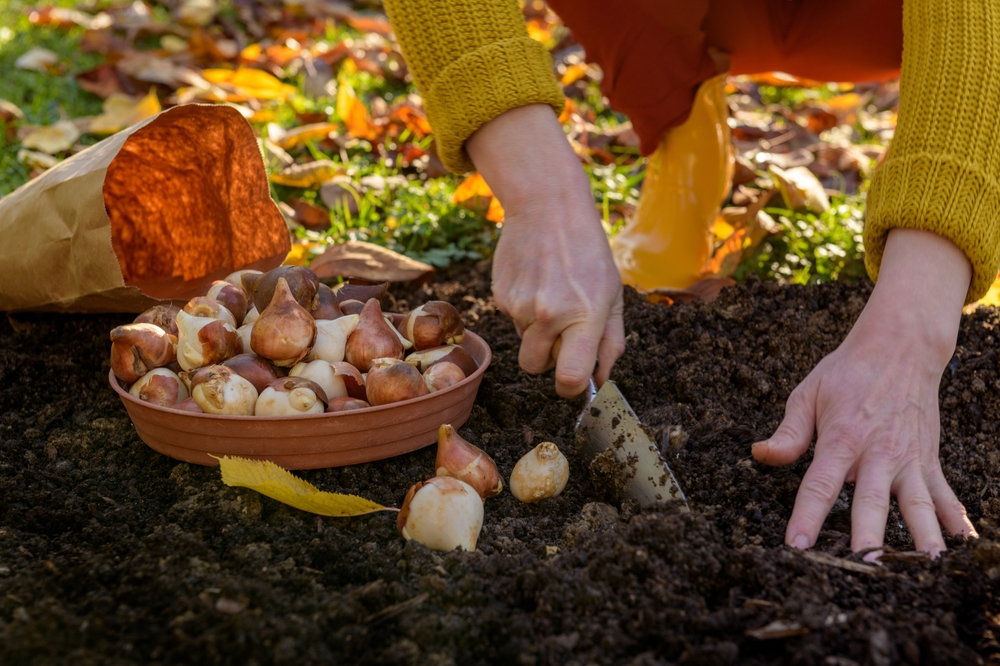
The best time to plant spring bulbs is during the fall, from September to November. This timing allows the bulbs to develop their roots before the ground freezes. Ensure the soil isn’t frozen when you’re planting.
How to Plant Your Bulbs
-
Choose the Right Location: Most bulbs prefer sunny spots, though some, like daffodils, can do well in partial shade. Ensure the soil has good drainage to avoid rot.
-
Prepare the Soil: Loosen the soil and mix in compost or well-rotted manure to enrich it. For heavy clay soil, adding sand can improve drainage.
-
Depth and Spacing: Plant bulbs at a depth of approximately two to three times the height of the bulb. Space them 4 to 6 inches apart to give them enough room to grow.
-
Planting: Use a trowel or bulb planter to dig a hole. Place the bulb with the pointed end facing up, cover with soil, gently firm the soil, and water the area.
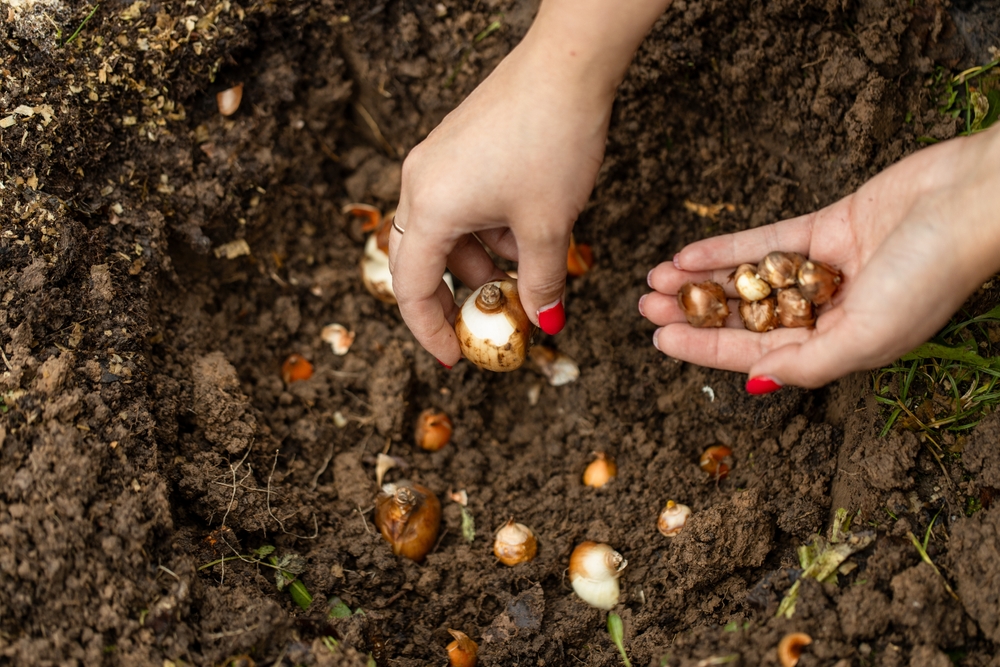
Tips for Successful Bulb Planting
- Prevent Frost Damage: In regions with harsh winters, a layer of mulch can protect bulbs from extreme cold.
- Watering: Water the bulbs well after planting. Additional watering is generally unnecessary unless the weather is exceptionally dry.
- Maintenance: After the flowers have faded, let the leaves die back naturally before cutting them. This helps the bulbs gather nutrients for the next season.
- Storing Bulbs: Some bulbs, like dahlias and lilies, may need to be dug up and stored over winter until the next planting season.
Essential Tools for Planting Bulbs
To make the planting process easier, consider using these tools:
- Bulb Planter: A tool designed to dig holes at the correct depth.
- Compost and Fertilizers: Enhance the soil with compost during planting.
- Mulch: Helps to retain soil moisture and provides protection from the cold.
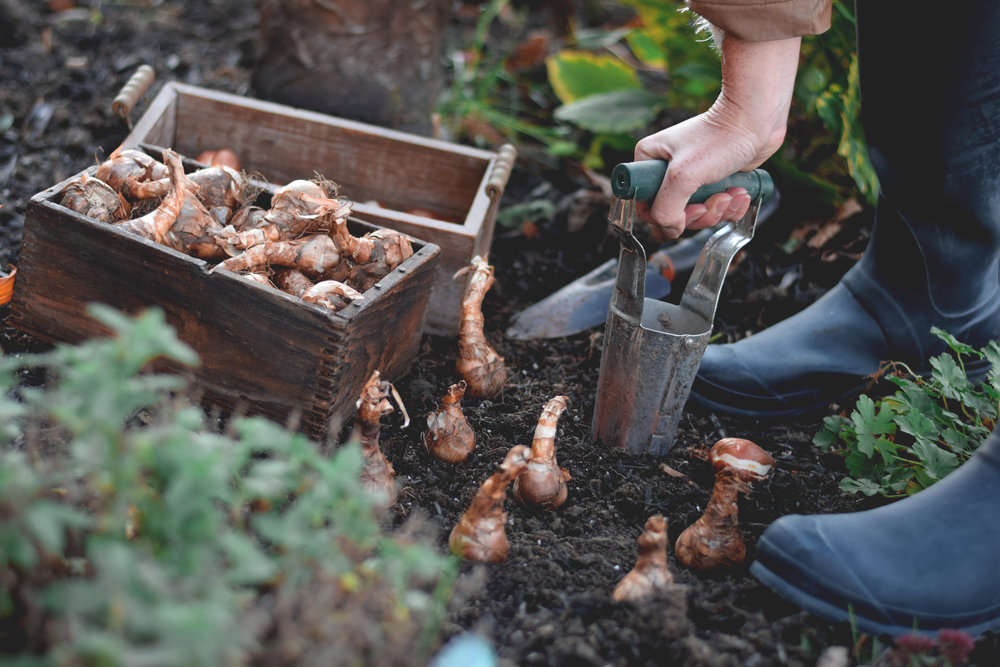
Common Bulb Planting Errors
- Planting Too Shallow: Ensure bulbs are planted at the correct depth. Shallow planting can lead to poor root development and weak flowering.
- Incorrect Timing: Planting bulbs in spring or summer won’t work as they won’t have enough time to establish themselves before blooming.
- Ignoring Watering: Especially in dry conditions, it’s crucial to water after planting to ensure the bulbs get a good start.
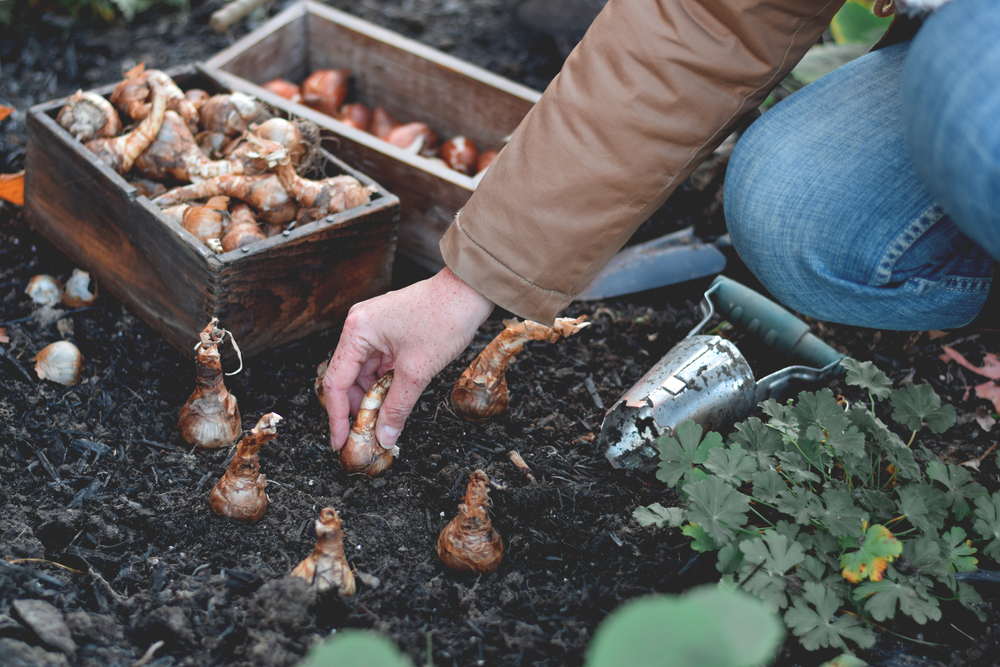
With these tips and guidance, you're ready to beautify your garden with vibrant spring bulbs. By planting at the right time and providing proper care, you'll enjoy a stunning and colorful spring display. Happy planting and enjoy creating a magnificent spring garden!
